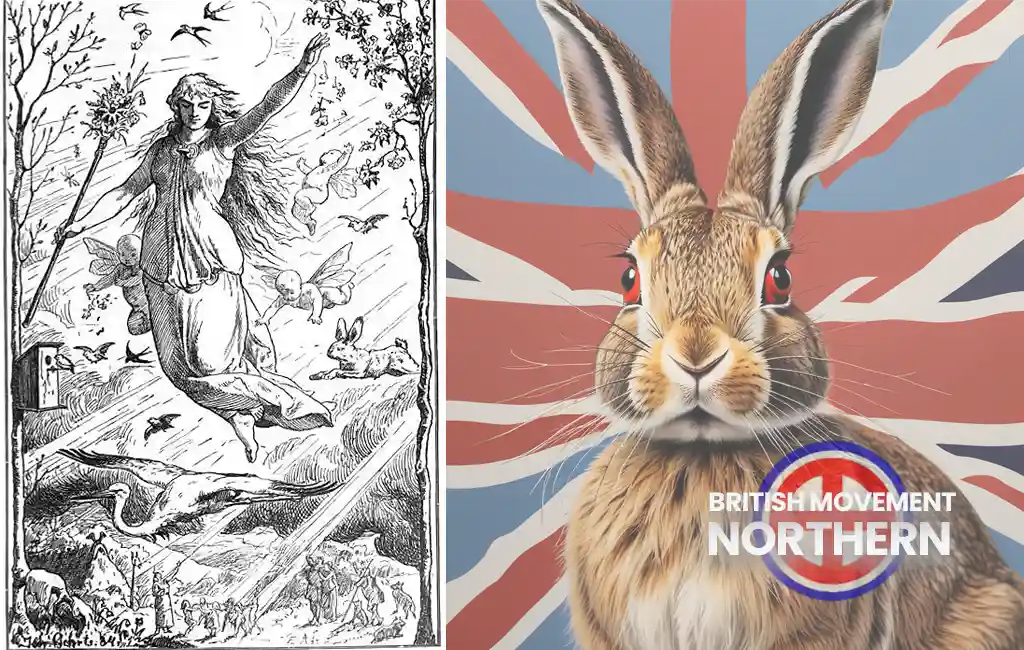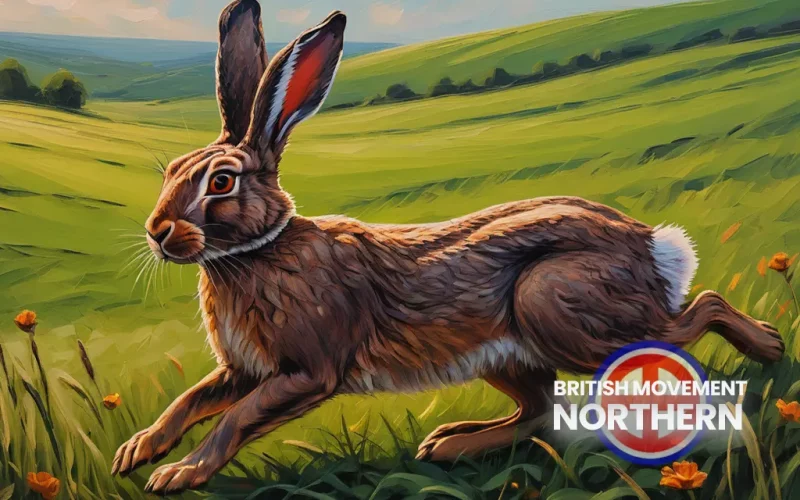Our ancestors held the belief that almost everything, be it plant, tree, river, stream, spring, hill, or animal possessed its own soul and was accompanied by a guardian deity. The weather also had its own god or goddess. With the spread of Christianity, the pagan feast days were converted into Christian festivals.
Eostre, Ostara and Easter
Eostre or Easter, on the other hand, was a festival that was so long-standing and so firmly ingrained in the psyche of the pagan people that the Church did not make any attempt to change it, despite the fact that it was about to become the most significant and defining event in the calendar of the Christians.
Historians assume that Eostre is the source of a number of English place names that have Saxon roots. Some examples of these names are Eastry in Kent, Eastrea in Cambridgeshire, and Eastrington in East Yorkshire.
“Ostara is one of eight Pagan festivals that mark the ‘Wheel of the Year’ (the seasonal calendar), and it celebrates the beginning of spring. In ancient times people worshipped the Germanic goddess Eostre during this festival; women wore white, fires were lit, eggs were decorated to honour fertility and offerings of sweet honey were made. Eostre represents rebirth, renewal and awakening.” Source: Wikipedia
The current imagery of Easter, which includes the Easter bunny and eggs, stretches back to a time before Christianity and has its roots in fertility symbols that were used in pagan cultures. The rabbit is a later addition, replacing the hare, which is on the decline in Britain.
For the Celts, the hare was a symbolic animal that represented riches, prosperity, and good fortune. It was considered a sacred and magical animal and it was thought that they were connected to the Otherworld. They were never eaten and treated with caution, and those who harm them could suffer dreadful consequences.
This solitary creature was admired for its strength and speed and was noted for being active at night and associated with the moon. A common theme in Celtic mythology and folklore was the shape-shifting ability of hares to assume human form.
Also, in the third century AD, Dio Cassius reported that the Queen Boudicca of the Iceni, when revolting against Roman rule in 61 AD, released a live hare in order to divine the outcome of her battle with the Romans, calling upon the goddess Andraste to secure their victory.
Today, the law allows them to be killed both as a game species and to prevent serious damage to farm crops. This right may be shared with other persons, such as the holder of the sporting rights (killing for fun). Hares have suffered from agricultural intensification and have declined in Britain and the rest of Europe during the 20th century.

Resources:
Top Image: BM Northern Ai.
Lower Image: Ostara (1884) by Johannes Gehrts. Hare by BM Northern Ai.
The British Movement welcomes articles for possible inclusion on this site from members and supporters across the North of England. Please remember that we have to operate within the laws of this country; we will not include any content that is against the current laws of the United Kingdom. News reports should be topical and relevant to the regions covered by this website.












